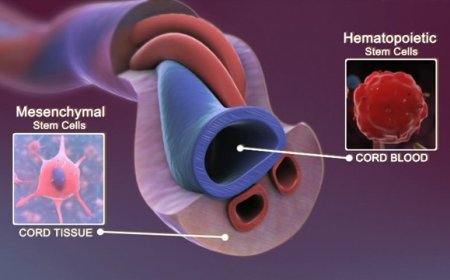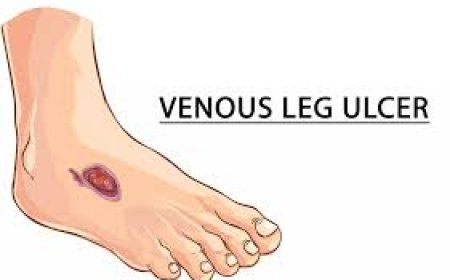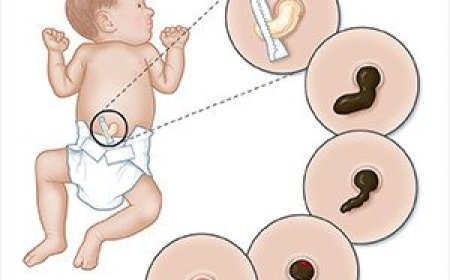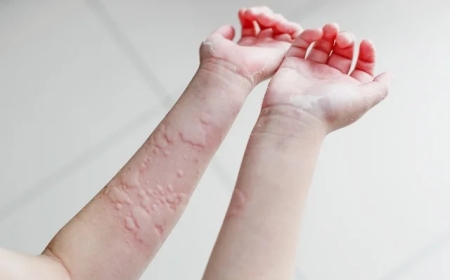Temporomandibular (TM) Disorders
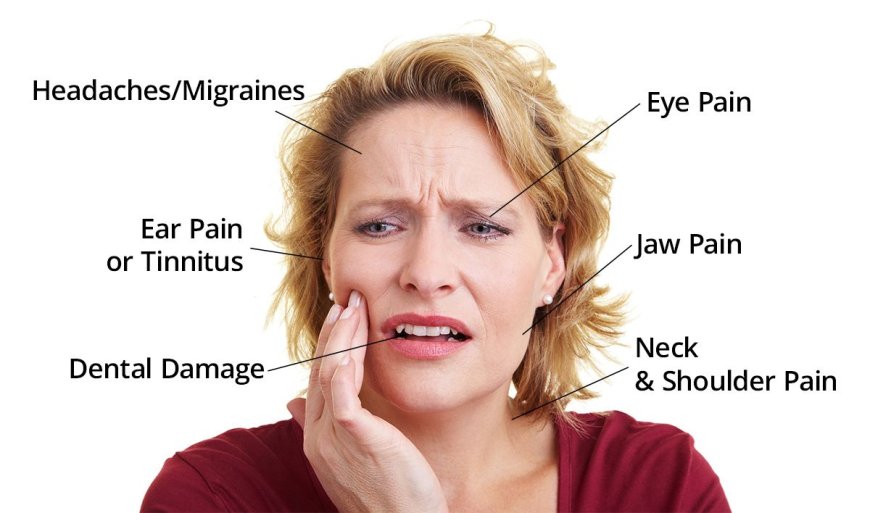
Introduction:
Temporomandibular Disorders, commonly known as TMD, is a condition that affects the jaw and its surrounding muscles. It is a prevalent issue in India and can cause discomfort and pain in the jaw area. In this article, we will discuss what TMD is, its signs and symptoms, causes, risk factors, types, diagnostic tests, and treatment options, all explained in simple language for easy understanding by children.
What Is Temporomandibular Disorders (TMD)? :
Temporomandibular Disorders, or TMD, refers to a group of conditions that affect the temporomandibular joint, which connects the jawbone to the skull. It can cause pain and discomfort in the jaw, making it difficult to chew, talk, or open the mouth fully.
Signs and Symptoms:
The signs and symptoms of TMD may vary from person to person, but some common ones include:
- Jaw Pain: Children with TMD may experience pain in the jaw joint or muscles around it.
- Difficulty Chewing: Chewing food may become uncomfortable or painful.
- Limited Jaw Movement: TMD can lead to limited jaw movement, making it challenging to open the mouth wide.
- Clicking or Popping Sounds: Some children may hear clicking or popping sounds when they move their jaw.
- Headaches: TMD can cause headaches, especially in the temple area.
- Ear Pain: Children may experience earaches, even though the ear itself is not the source of the pain.
Causes and Triggers:
The exact cause of TMD is not always clear, but it can be triggered by various factors, such as:
- Teeth Grinding: Habitual teeth grinding or clenching can strain the jaw muscles and lead to TMD.
- Jaw Injury: A blow to the jaw or face can result in TMD symptoms.
- Arthritis: Inflammatory conditions like arthritis can affect the jaw joint.
- Stress: Stress and anxiety can cause children to clench their jaw unconsciously, contributing to TMD.
Risk Factors with Examples:
Some children may have a higher risk of developing TMD due to factors like:
- Age: TMD is more common in teenagers and young adults.
- Gender: Girls are more likely to experience TMD than boys.
- Family History: If a child's family members have TMD, they may be at a higher risk.
Types of Temporomandibular Disorders:
TMD can be broadly classified into three types based on the affected area:
- Myofascial Pain: This type involves muscle pain and discomfort in the jaw area.
- Internal Derangement: It occurs when the jaw joint's disc is displaced, causing jaw movement issues.
- Arthritis: Inflammatory arthritis can affect the jaw joint, leading to TMD symptoms.
Diagnostic Tests and Treatments:
To diagnose TMD, a dentist or doctor may:
- Examine the Jaw: They will check the jaw for signs of tenderness or clicking sounds.
- X-rays: X-rays can help identify any structural issues in the jaw joint.
- MRI or CT Scan: These imaging tests can provide detailed images of the jaw joint and surrounding structures.
Treatment for TMD may include:
- Medications: Pain relievers or muscle relaxants may be prescribed to manage symptoms.
- Physical Therapy: Exercises can help strengthen jaw muscles and improve jaw movement.
- Stress Management: Stress reduction techniques can help prevent jaw clenching and grinding.
- Dental Appliances: A dentist may provide a mouthguard to prevent teeth grinding.
Temporomandibular Disorders can cause discomfort in the jaw area, but with proper awareness and early management, children can find relief. It's essential to understand the signs and symptoms of TMD and seek professional help when needed. Stress management, dental care, and healthy jaw habits can play a significant role in preventing and managing TMD in India.
What's Your Reaction?
 Like
0
Like
0
 Dislike
0
Dislike
0
 Love
0
Love
0
 Funny
0
Funny
0
 Angry
0
Angry
0
 Sad
0
Sad
0
 Wow
0
Wow
0



























































